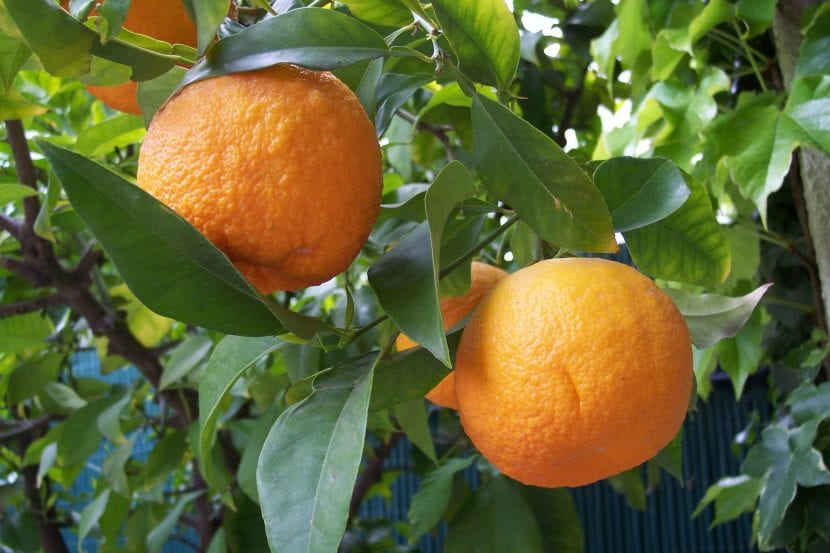
When we talk about citrus, that is, orange, mandarin, lemon and others, we tend to think of them as fruit trees. Nothing more. Plants that produce fruits suitable for consumption. But ... what if I told you that in addition to that they can help us grow the ornamental value of our garden or patio?
Yes, indeed. These trees can not only be in an orchard, but they can also be part of the areas where we would not normally put them. And for sample, here is a selection of ornamental citrus.
What is a citrus?
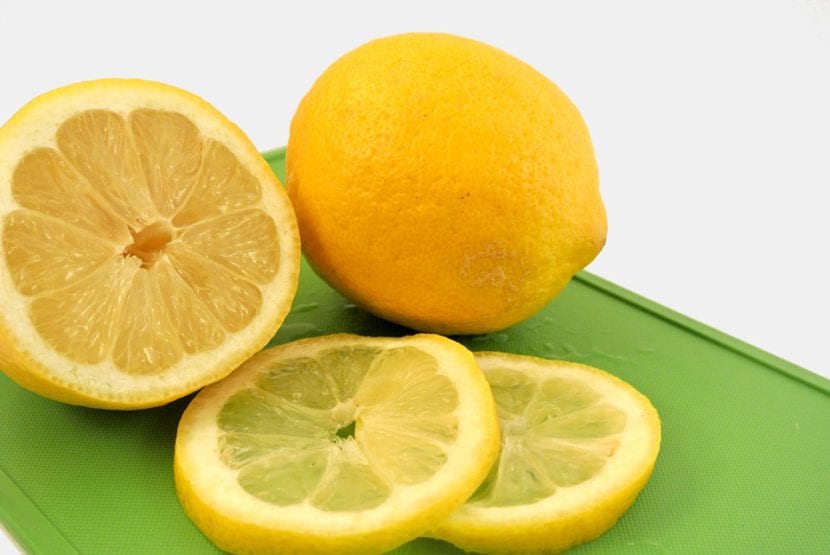
First of all, let's see what a citrus is. It is more than likely that we know several types, and that we even have some / s, but the word »citrus» is not used much, we may not know what it means. Well, now is the time to resolve this question.
The term "citrus" refers to trees and seedlings of the botanical genus Citrus. These plants are evergreen (that is, they remain evergreen) that reach a height of between 5 and 15 meters. But its most notable feature is that its fruits or fruits have a high content of vitamin C and citric acid, which is what gives it that peculiar acid flavor.
And now that we know this, let's move on to what probably interests us the most: ornamental citrus.
Citrus garden list
Tangerine
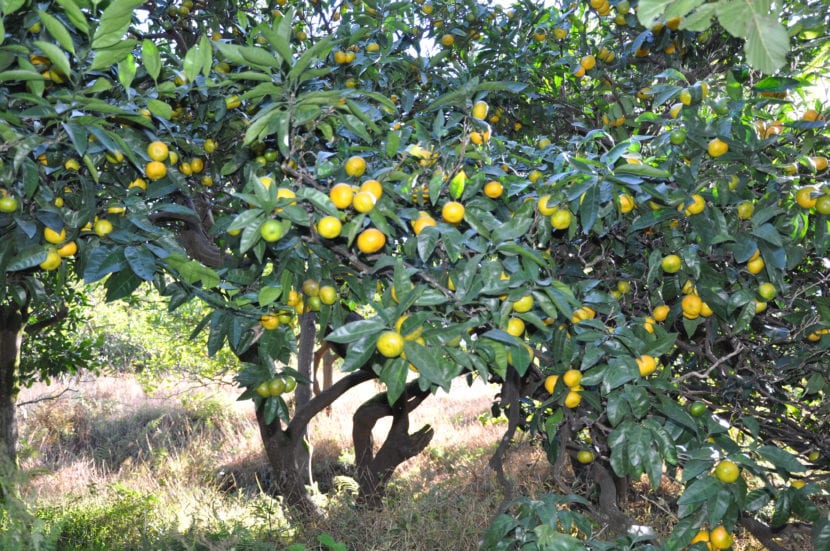
The mandarin, whose scientific name is Citrus reticulata, is a tree native to the tropical areas of Asia that reaches a height of about 6-7 meters.
Its crown is round, quite dense, composed of oval leaves which are about 7-8cm long. Its flowers are small but very fragrant.
Orange
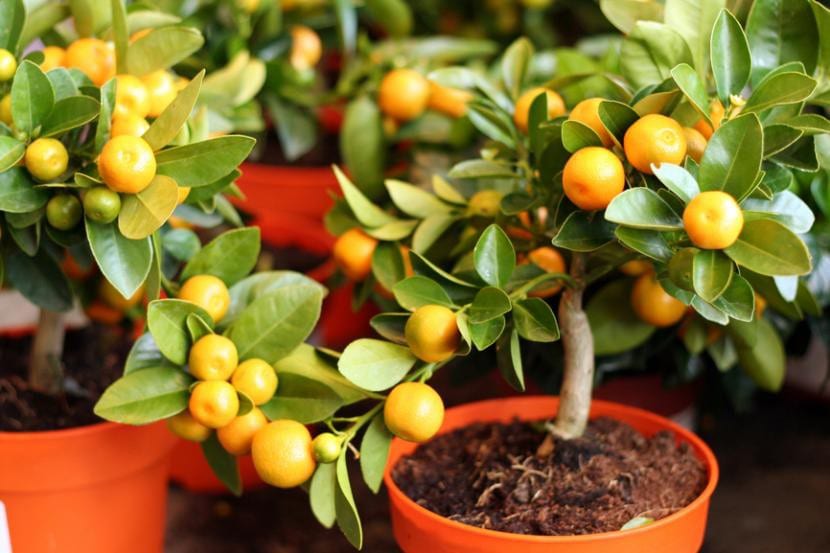
The orange tree, whose scientific name is Citrus x sinensis, is a tree native to India, Pakistan, Vietnam, and southeastern China. It is popularly known as naranjo, naranjero or sweet orange and reaches a height of about 13 meters, although in cultivation it is not usually allowed to exceed 5-6m.
It has a normally round or, more rarely, pyramidal cup. Its leaves are oval and measure 7 to 10 cm. Its beautiful white flowers, called orange blossom, are very fragrant.
Bitter orange tree
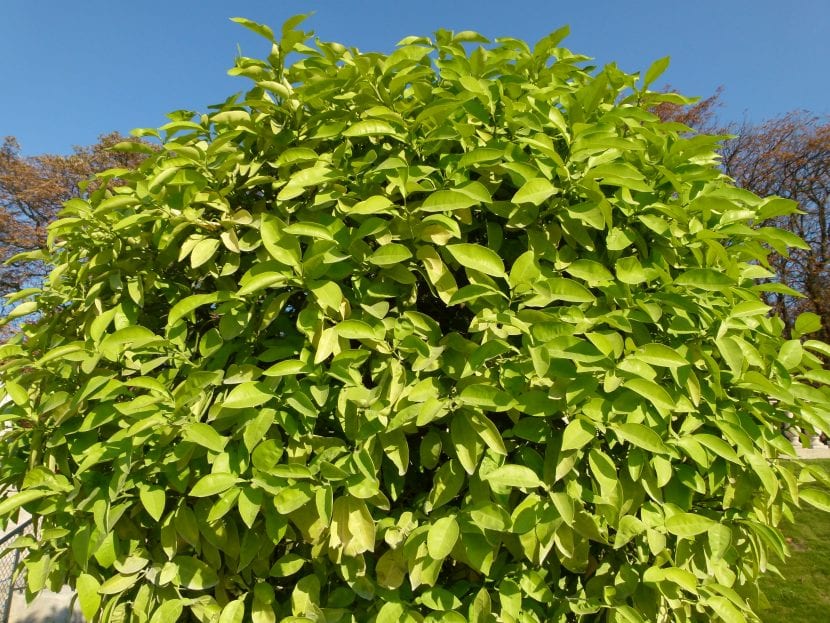
The bitter orange tree, whose scientific name is Citrus x aurantium, is a hybrid tree between Citrus maxima and Citrus reticulata which reaches a height of 7 to 8 meters. It is popularly known as sour orange, bigarade orange, Andalusian orange, Seville orange, cashier orange and puppy orange.
It has a very dense round crown composed of elliptical leaves 5 to 11cm long. The flowers are white and very fragrant. Its fruits, as its popular name suggests, are not edible.
Pomelo

Image - Bomengids.nl
The grapefruit, whose scientific name is citrus x paradise, is a tree fruit of a natural hybrid produced in the plantations of the Caribbean Sea around the seventeenth century. It is popularly known as pomelo, grapefruit, grapefruit or grapefruit, and reaches a height of 5 to 6 meters.
It has a rounded and not very dense crown formed by simple and ovate leaves between 7 and 15 cm long. The flowers are fragrant, white or purple in color.
Lime tree
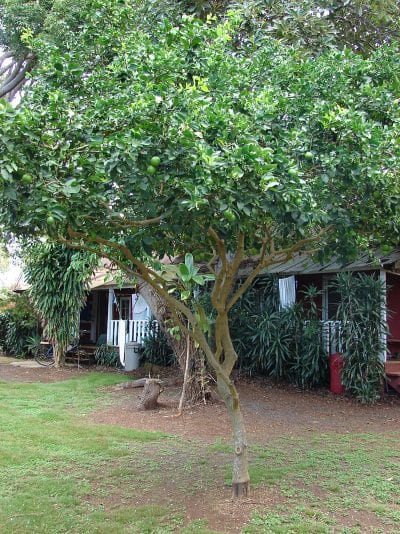
Image - Wikipedia / Forest & Kim Starr
The lime tree, whose scientific name is Citrus x aurantifolia, is a hybrid tree of Citrus micrantha x Citrus medica arisen in Southeast Asia that reaches a height of about 6 meters.
Its appearance is very reminiscent of the orange tree: round or pyramidal cup, intense green leaves, and the shape of the fruit, but the truth is that their similarities end there. The fruits of the lime tree can be from green to yellow and more or less acidic depending on the cultivar.
Lemon Tree
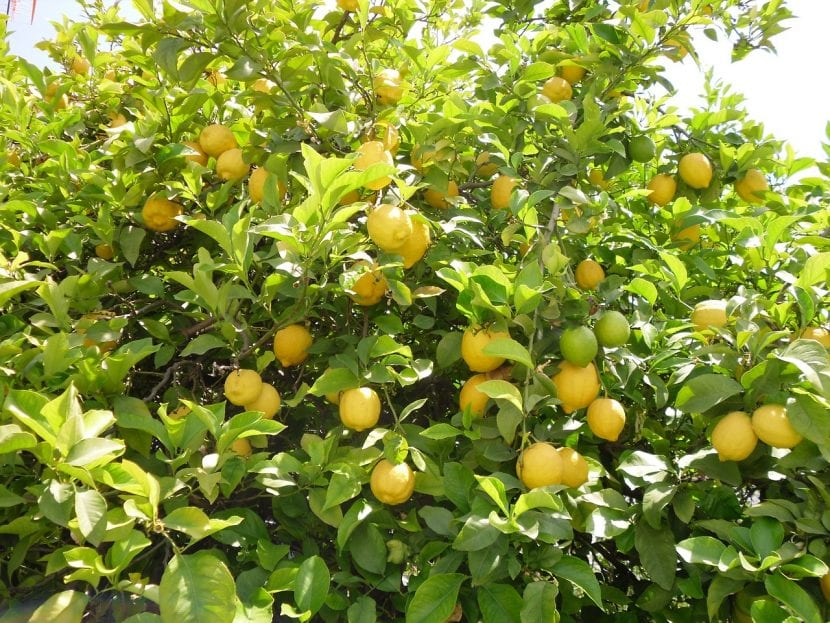
The lemon tree, whose scientific name is Citrus x lemon It is a tree native to Assam, a region in southeastern India, northern Burma and China. It is popularly known as the lemon tree or lemon tree. Reaches a height of 4-5 meters.
It has a round crown that can even become parasolized by pruning. The leaves are simple and measure about 5-10cm. It produces small but highly perfumed white flowers and fruits that, although they cannot be consumed directly, are very useful for sweetening dishes.
What care do you need?
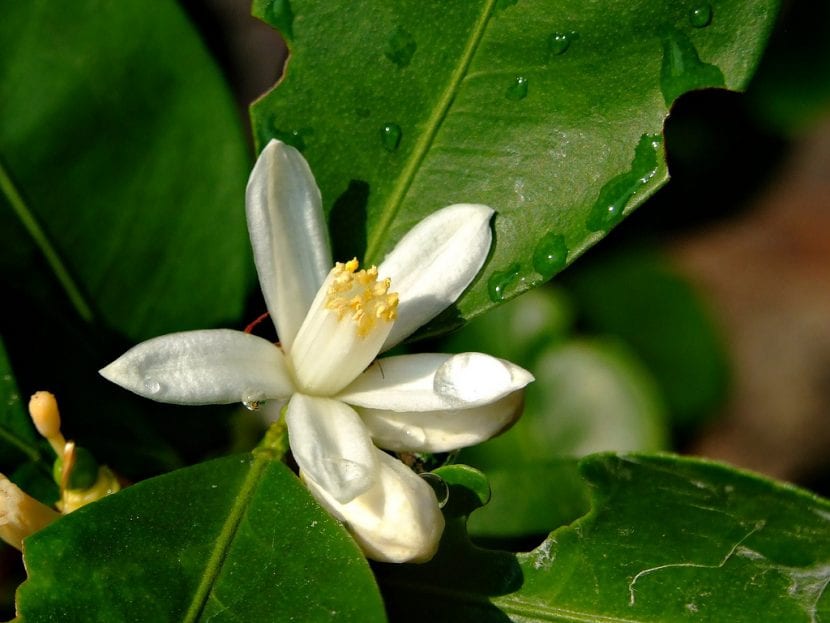
Did you like these citrus fruits? Surely you had seen them at some time in the nurseries but you did not buy them because you thought they could only be in an orchard, but now that you know that they are also very ornamental plants, if you want to acquire one specimen -or several- we recommend providing the following care:
- Location: outside, in full sun.
- Earth:
- Pot: it must be a universal culture substrate mixed with 30% perlite. It is highly advisable to put a first layer of clay or volcanic clay so that the drainage is perfect.
- Garden: they grow in slightly acidic, loose soils. In limestone, a regular supply (every 15 or 20 days) of iron sulfate will be necessary.
- Irrigation: frequent, especially in summer. Generally, it will be watered 3-4 times during the hottest season and every 5-6 days the rest of the year. Use water without lime or not very hard.
- Subscriber: from spring to early autumn it should be paid with an organic compost, being powder if it is planted in the ground or liquid if it is potted. The guano It is a very good option since it is rich in essential nutrients for growth and flowering, such as phosphorus.
- Pruning: at the end of winter dry, diseased or weak branches can be removed. In addition, those that are overgrown can be trimmed, giving the tree a "wild" look.
- Planting or transplanting time: in spring, when the risk of frost has passed. If it is potted, it must be transplanted every 2-3 years.
- Rusticity: It will depend on the species, but in general it supports cold and frosts down to -4ºC.
And with this we are done. What did you think of this article? I really hope that it serves so that every time we can see these wonderful trees in the gardens, patio or even on the balconies, as well as of course in the gardens. They are very beautiful and easy to take care of: with the knowledge that I have provided you, you will be able to enjoy them from day one, I assure you.
Hello Monica
The blog is very good ... I ask you a question, I have two citrus fruits about six years ago, which I really do not know what they are since they were born from seeds and never bloomed, they are very grown ... My question is if at some point they will bloom and bear fruit and I will know what citrus fruits they are! ... Its leaves are very aromatic and have large thorns ... Someone told me that since its fruits are hybrids, if there are any, they will not develop much or be very tasty ... I would greatly appreciate your answer.
Thanks and regards
Hello Guillermina.
Yes, bloom will bloom, maybe within 2-3 years maximum.
The quality of the fruit does not have to be worse than that of a non-hybrid plant; in fact, in many cases it is better.
A greeting.
Thanks Monica!
You really give me great news! ... I'll wait that long to see its fruits ...
Greetings from Tigre, Buenos Aires, Argentina.